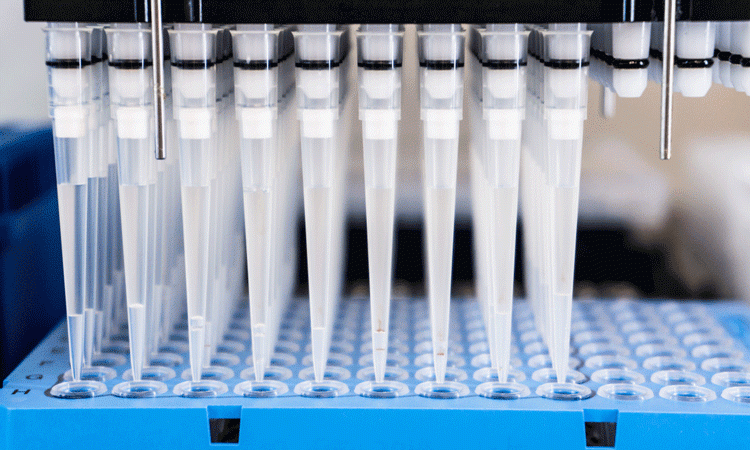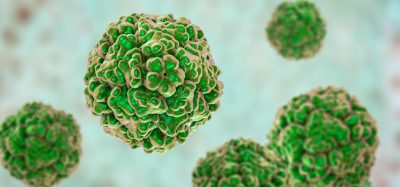High-throughput method used to identify cancer drug candidates
Posted: 25 September 2019 | Victoria Rees (Drug Target Review) | No comments yet
A study using high-throughput screening has revealed some promising compounds that could be used in future cancer treatments.


Researchers have tested over 20,000 molecules using a high-throughput screening (HTS) method to reveal promising cancer drug candidates.
The study, conducted at the University of Bath, UK, investigated a protein called α-methylacyl-CoA racemase (AMACR) as a potential target for oncologic treatments. Previous experiments have shown that reducing levels of this protein makes cancer cells less aggressive and induces behaviour similar to normal cells.
The researchers tested the molecules for inhibition of AMACR using a simple colour-change technique to enable the rapid assessment of the active compounds. This allowed the team to identify which molecules were effective.
…reducing levels of this protein makes cancer cells less aggressive”
Lead author Dr Matthew Lloyd said: “Although previously identified drugs are very effective in laboratory tests, in practice they are difficult to use in therapies because their properties do not allow easy distribution throughout the body. We started this study because we wanted to identify drugs which would be easier to use therapeutically. Although the particular compounds identified in this study did not kill prostate cancer cells very effectively, it is very promising that drug-like molecules were identified.”
According to the researchers, this is the first report of the identification of specific drug-like small-molecule AMACR inhibitors by HTS.
The results were published in Bioorganic Chemistry.
Related topics
Drug Discovery, High-Throughput Screening (HTS), Hit-to-Lead, Screening, Target Molecule, Target Validation
Related conditions
Cancer
Related organisations
University of Bath
Related people
Dr Matthew Lloyd








